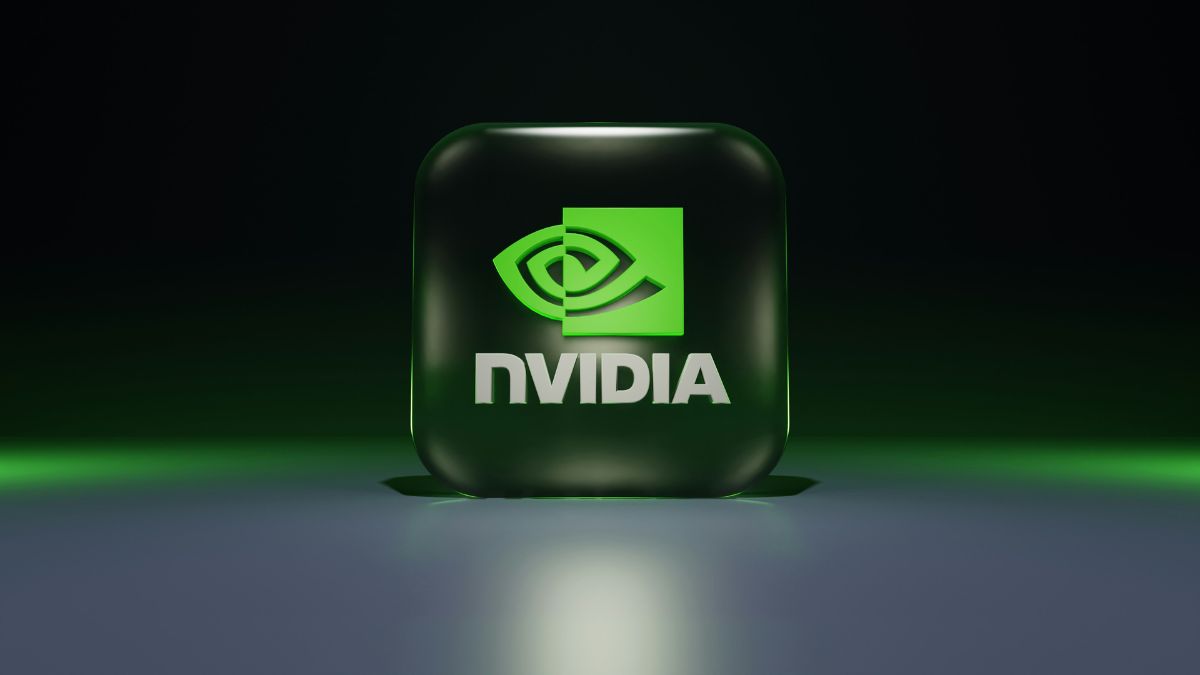In 2024, NVIDIA surpassed tech giants like Apple and Microsoft, achieving a market valuation of $3.34 trillion. This historic feat highlights NVIDIA’s dominance in the tech space, driven by its revolutionary GPUs and strategic focus on artificial intelligence (AI).
NVIDIA’s journey began in 1993 when Jensen Huang and his co-founders conceptualised the company at a Denny’s diner. The company’s name, inspired by the Latin Invidia, meaning envy, reflects its ambition to create groundbreaking technology that sets the standard for innovation.
Read also: Nvidia stock: buy, hold, or sell?
How NVIDIA’s GPUs revolutionised gaming and computing
The launch of the GeForce 256 in 1999 introduced the world to the first GPU, transforming gaming and enabling parallel processing for complex tasks. This innovation revolutionised gaming and paved the way for video editing, financial modelling, and more advancements.
In 2006, NVIDIA released CUDA, a software platform that unlocks GPUs’ full potential for non-graphics tasks. CUDA became the backbone of AI development, making NVIDIA the go-to choice for companies building and training AI models.
NVIDIA’s GPUs are at the heart of AI advancements, powering Tesla’s autonomous vehicles, Amazon Web Services, and OpenAI’s AI tools. NVIDIA’s technology drives innovation in diverse sectors, from healthcare to cloud computing.
Read also: Harnessing next-generation AI with Nvidia Blackwell
The strategic stock split that made NVIDIA shares more accessible
In 2024, NVIDIA executed a 10:1 stock split, making its shares affordable for investors during the AI boom. This move attracted new investors and solidified NVIDIA’s position as a market leader in the AI-driven tech revolution.
As AI adoption continues to grow, NVIDIA remains central to the digital transformation of industries. From AI-powered simulations to digital twins in healthcare, NVIDIA’s GPUs drive the next wave of technological innovation.















